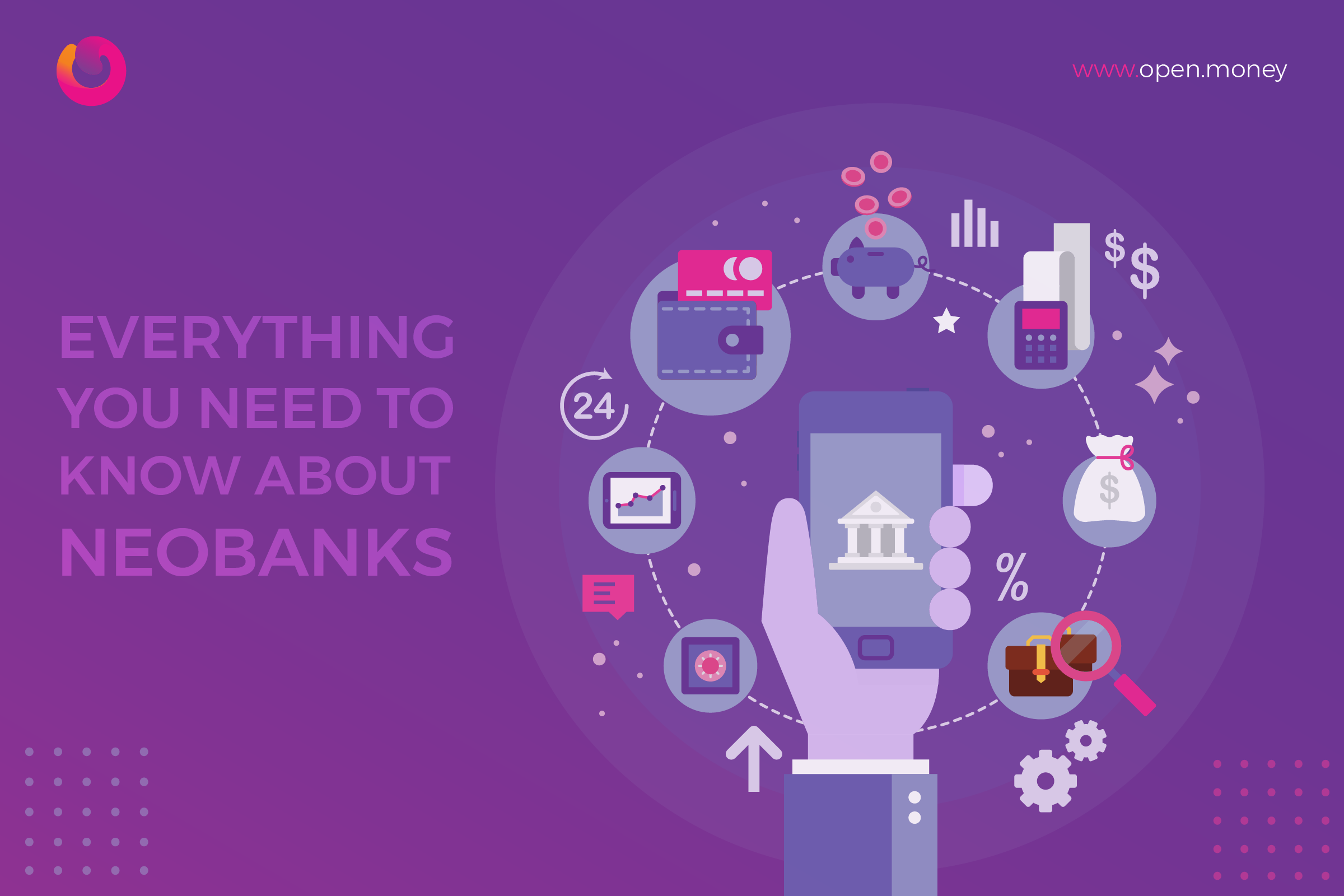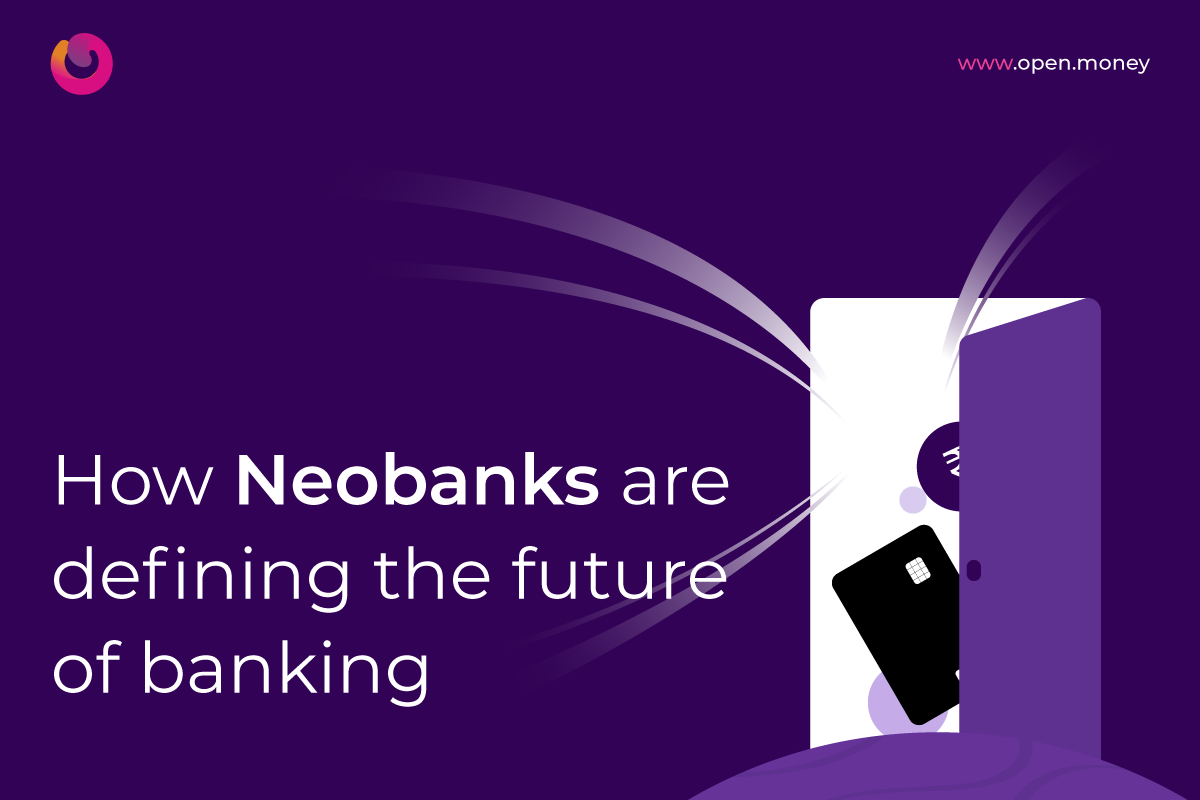Neobanks are topping the charts in terms of capital, value, and business growth both in India and globally. If we look at any smart bird in the FinTech industry, they’ll recommend switching to neobanking, as it makes managing business finances a whole lot easier!
While banking has been made simpler for customers over the years, the transition hasn’t been to the digital space that has been limited to individual aspects of banking. And doesn’t encompass the overall money movement & financial operations of a business.
Setting up a bank isn’t an easy task at hand. Only a few dominant establishments are able to procure a banking license. As institutions need to clear all regulations & need to produce a minimum paid-up capital as notified by the regulatory authority. Like in India, the minimum capital requirement is pegged at Rs. 500 crores.
After the deregulation in the financial industry that led to the financial crisis in 2008, the banking regulators across the globe authorized new banking licenses and regulated the financial institutions. Europe was one of the first to regulate & introduce PSD2 (Payment Services Directive Two) legislation, further paving the way for neobanks to revolutionize business banking.
When did neobanks start operating in India?
Neobanks have been around in India since 2013, soon after RBL & YES banks made their APIs public to other developers for building cutting-edge financial services. And now, we have many neobanking players making heads turn in the country.
Fast forward to 2021, wherein neobanking platforms have raised close to $173.5 million.
How do neobanks transform the way businesses function?
Neobanks are an indispensable part of everyday business banking as they help businesses scale up in the digital space by bridging the gap between accessibility and relevant tools in one place.
Neobanks exist in partnership with traditional banks and attract a wider range of audiences as they are built keeping the fast-changing aspects of running a business in mind. Neobanks focus on replacing disjointed banking by connecting banking & finances. These digital-only banks provide services at lightning speed and charge very little.
Ever since the Indian government announced that a cashless economy was the way forward, it has benefitted the FinTech industry massively. As the financial landscape has shifted with an increased focus on customer experience & customer success on the virtual platforms. And while traditional banks are still adapting to the new financial landscape, the processing costs and physical dependencies have been reduced for business with the help of neobanks. So unlike earlier, small businesses don’t have to struggle to meet their banking needs from the traditional banks, as these digital-only banks provide a connected banking experience to the users.
The best part?
Businesses can run other business and finance operations with the value-added services that neobanks have to offer. Like with a platform like Open, businesses can integrate a payment gateway or use net banking, cards, digital wallets/ UPI for making payments. Not to mention, overseeing accounting, expense management, payroll and other aspects of business is easier.
What makes neobanks the most obvious choice?
Neobanks entered the market with something different — a simple, user-friendly application that makes business banking more seamless.
Here’s how!
- Eliminates disjointed banking by connecting banking & finances
Neobanks don’t limit the user to doing just one task or switch between banking portals to oversee cash flow. With a neobank, you can connect and manage multiple bank accounts to one platform.
- Offers customized financial services & additional benefits
Today banking has become more than just about payments and money transfers. Businesses are especially looking for an all-in-one platform to manage business and finance operations from end-to-end — including accounting, tax management and more.
- Ensures advanced safety & security via verification & role-based access control
Neobanks offer some of the most advanced security features in places such as the implementation of biometric verification, 2-factor authentication (2FA), role-based access control (RBAC), encryption technology and many more to make banking safer.
- Helps run all aspects of the business together from end-to-end
Neobanks are big on contactless banking. So they make provisions for users to run all the banking services digitally and ensure that users can access all business reports together, empowering users to focus on what truly matters — business growth.
Want to map neobanks across the globe?
The unstoppable rise of the neobanks started in Europe with the emergence of Atom bank & Monzo.
Europe has set the perfect example with favorable regulatory policies, as the guidelines issued by PSD2 have eased the landscape for fintech startups in the region. Some names that come to mind on the global front for neobanks that emerged from Europe include Revolut, N26, Starling Bank, Monzo, Atom Bank, and Tandem.
Asia is not too far behind Europe and the U.S in this neobanking-led era.
According to the latest research, this segment is expected to grow by 24% in APAC, and by 50% in Southeast Asia. And India and China are the two biggest markets with Open & WeBank leading the way.
Enjoyed this little sneak-peak into the world of neobanking?
Next up, we’re going to explore some global neobanking players.
Related Articles –
Neo banking — What does it mean?
Decoding neobanking: Why neobanks are winning over businesses
How neobanks are disrupting the banking space
What is Neobank? Everything you need to know in detail!
Neobanking for SMEs: A lawyer’s take on fintech
Neobanks & B2B Payments: A Match Made in Heaven





